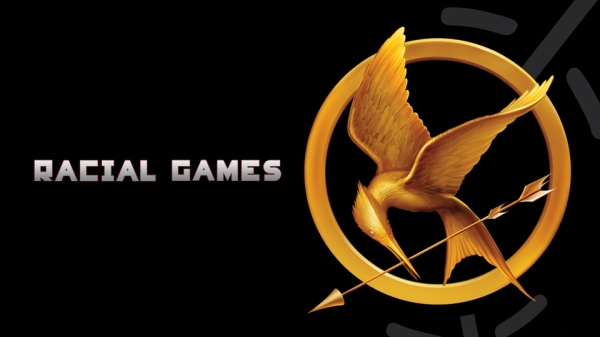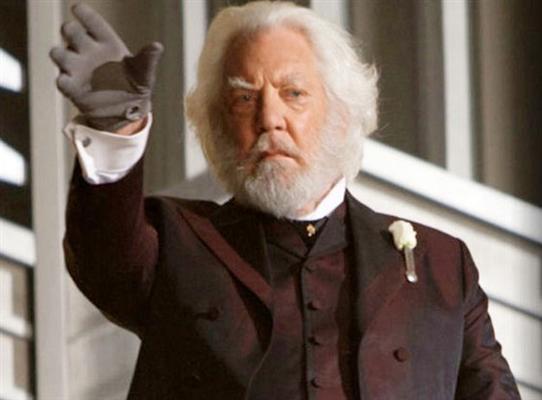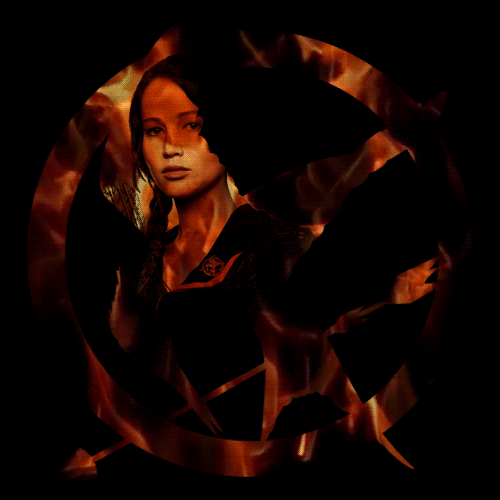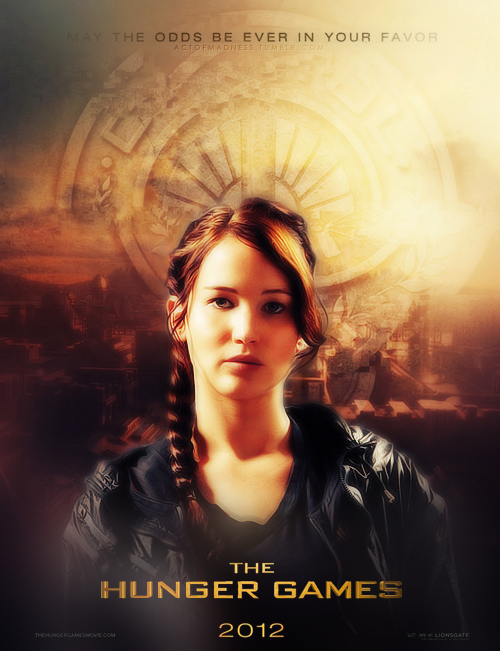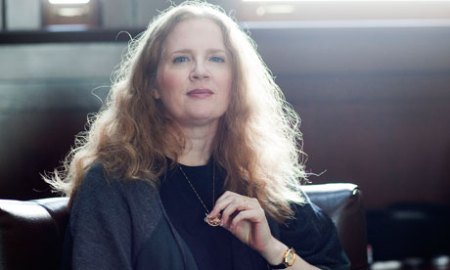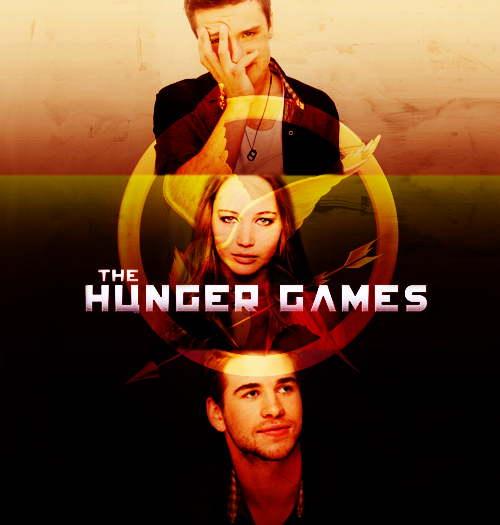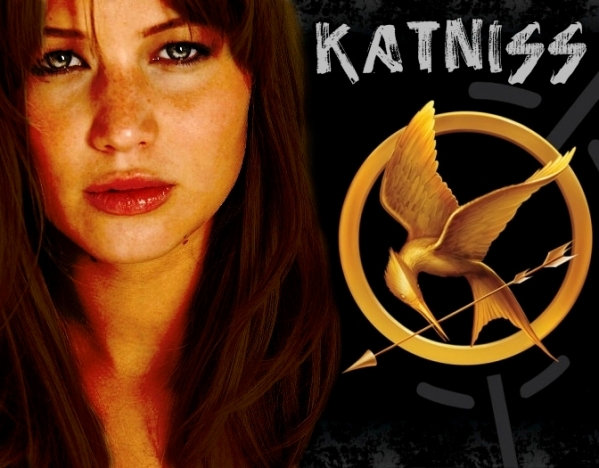We were talking about the controversy about some of the movie’s casting decisions today so you may find this article at Jezebel interesting.
A Character-By-Character Guide to Race in The Hunger Games
Suzanne Collins’s book The Hunger Games deals with a dystopian society, and takes place in the fictional nation of Panem. Panem — most likely derived from the Latin phrase panem et circenses, which literally translates into “bread and circuses” — exists in the same geographical space as the current boundaries of North America, but was established following the destruction of modern civilization. (You’ll also notice that many characters have Roman names.) This futuristic country is not all-white. It is diverse; there are many skin colors and hair colors, and in The Capitol, citizens dye their skin, and use surgery to alter their features.
While some fans were shocked to discover that black actors were chosen to play the characters Cinna, Rue and Thresh, they should not have been: It’s all right there in the books. Suzanne Collins very specifically described a world in which the blonde people were wealthy and the olive-skinned and brown people were poor. Race was built into the structure of the novels, and those who “skipped over” the part about Rue and Thresh having dark skin missed a huge part of the story.
Read more about the characters here.
